Curiosities of Guatemala, a country in Central America, is a land of vibrant cultures, rich history, and diverse landscapes ranging from volcanic highlands to dense rainforests. Guatemala’s unique identity is shaped by its indigenous heritage, colonial past, and natural wonders. In this exploration, we delve into some of the most striking curiosities that make Guatemala a distinctive and captivating nation.
Maya Civilization:
Guatemala is home to the heart of the ancient Maya civilization, with iconic archaeological sites such as Tikal, one of the largest Maya cities. The Maya, known for their advanced knowledge of astronomy, mathematics, and hieroglyphic writing, left a lasting legacy in Guatemala’s cultural tapestry.
Antigua Guatemala:
Antigua, a UNESCO World Heritage Site, was the former capital of Guatemala and is renowned for its well-preserved Spanish Baroque-influenced architecture. Cobblestone streets, colorful facades, and colonial-era churches create a charming atmosphere in this historic city nestled among volcanoes.
Lake Atitlán:
Lake Atitlán, often described as one of the most beautiful lakes in the world, is surrounded by picturesque indigenous villages and volcanoes. The lake’s serene waters and vibrant local culture make it a captivating destination, with traditional Mayan markets and opportunities for outdoor activities.
Semana Santa (Holy Week) Celebrations:
Semana Santa, or Holy Week, is a significant religious and cultural celebration in Guatemala. Antigua’s Semana Santa processions are renowned for their elaborate floats, intricate carpets of colored sawdust, and religious fervor, attracting both locals and international visitors.
Chichicastenango Market:
Chichicastenango hosts one of the most famous indigenous markets in Central America. The market, held on Thursdays and Sundays, offers a kaleidoscope of colors with traditional textiles, handicrafts, and local produce. It provides a glimpse into the vibrant culture of the K’iche’ Maya people.
Quetzaltenango (Xela):
Quetzaltenango, commonly known as Xela, is Guatemala’s second-largest city and a hub for indigenous culture and language schools. The city’s colonial architecture, indigenous markets, and proximity to natural wonders like Fuentes Georginas hot springs make it a unique destination.
Maya Textiles and Weaving Traditions:
Guatemala is renowned for its intricate and vibrant Maya textiles, which vary across regions and reflect the cultural diversity of indigenous communities. Traditional weaving techniques, colorful patterns, and symbolic motifs are passed down through generations.
Volcán Pacaya:
Volcán Pacaya, an active volcano near Antigua, offers the opportunity to witness volcanic activity up close. Visitors can hike to the summit and even roast marshmallows over the volcanic vents, creating a memorable and adventurous experience.
Iximché Archaeological Site:
Iximché, located in the Western Highlands, was a former capital of the Kaqchikel Maya and later became the first capital of Spanish Guatemala. The site features ceremonial plazas, temples, and ball courts, providing insights into both indigenous and colonial histories.
Guatemalan Coffee Culture:
Guatemala is renowned for producing high-quality coffee, and coffee plantations dot the landscapes of the volcanic highlands. The Antigua coffee region, in particular, is celebrated for its rich volcanic soil, contributing to the distinctive flavor profile of Guatemalan coffee.
Quiriguá Archaeological Park:
Quiriguá is an archaeological site known for its impressive collection of Maya stelae and zoomorphic sculptures. The site provides a glimpse into the artistic and architectural achievements of the ancient Maya civilization.
Ixchel, the Maya Goddess of Fertility:
Ixchel, the Maya goddess of fertility and weaving, is a prominent figure in Guatemalan mythology. Her influence is often depicted in Maya textiles, and she remains a symbol of feminine power and creativity in indigenous communities.
Living Maya Traditions in Nebaj:
Nebaj, located in the Cuchumatanes Mountains, is known for preserving traditional Maya customs and rituals. Visitors can experience the unique blend of indigenous spirituality and Catholicism, as well as witness traditional ceremonies and festivities.
Guatemala City’s Zona 1:
Guatemala City’s Zona 1, the historic center, is a mix of colonial architecture, vibrant street art, and modern developments. The National Palace, Metropolitan Cathedral, and the Central Market showcase the city’s dynamic history and culture.
El Mirador Archaeological Site:
El Mirador, located in the Petén region, is one of the largest and oldest Maya sites, predating Tikal. The site features monumental structures, including massive pyramids, and provides insights into the complexity of ancient Maya civilization.
Maximón, the Maya Folk Saint:
Maximón, a folk saint revered by indigenous communities, is a unique syncretic figure blending traditional Maya spirituality and Catholicism. Devotees make offerings to Maximón in various locations, and his effigy is carried during processions.
Guatemala’s Multilingual Society:
Guatemala is a linguistically diverse nation with over 20 languages spoken, including various Mayan languages, Spanish, and Garifuna. This linguistic richness reflects the country’s multicultural identity and the resilience of indigenous languages.
Candelaria Caves:
The Candelaria Caves, located in Alta Verapaz, are a network of limestone caves with impressive stalactites and stalagmites. The caves are also known for their cultural and historical significance, as they were used by the Maya for ceremonial purposes.
Guatemalan Marimba Music:
The marimba, a traditional wooden xylophone, holds a special place in Guatemalan music. Marimba bands often perform at celebrations, festivals, and public events, showcasing the cultural significance of this instrument.
Guatemala’s Independence Day Celebrations:
Guatemala celebrates its Independence Day on September 15th with vibrant parades, fireworks, and patriotic events. The celebrations highlight the country’s journey to independence and the enduring spirit of its people.
Conclusion:
Guatemala’s uniqueness lies in the convergence of its ancient Maya heritage, colonial history, and the vibrant traditions of its indigenous communities. From the towering pyramids of Tikal to the bustling markets of Chichicastenango, the country invites exploration and appreciation for its rich cultural tapestry.
As Guatemala continues to navigate the 21st century, its striking curiosities remain a source of pride for its people and an invitation for the world to discover the beauty and resilience of this Central American gem. Whether exploring archaeological wonders, participating in traditional ceremonies, or savoring the flavors of Guatemalan cuisine, the country stands as a testament to the diversity and enduring spirit of a nation shaped by its history and cultural heritage.



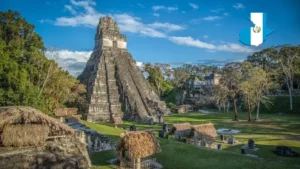
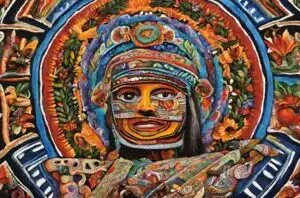
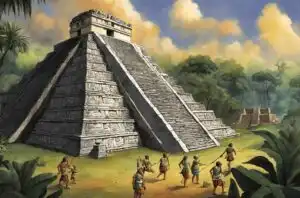
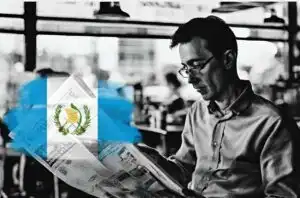
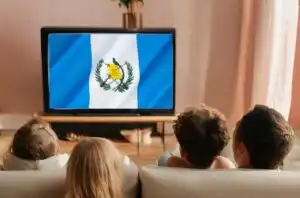
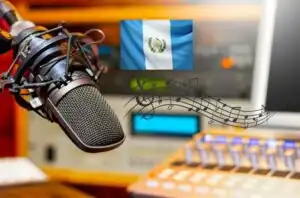
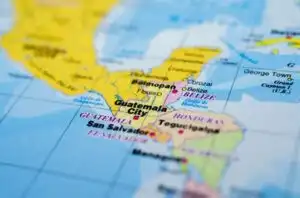

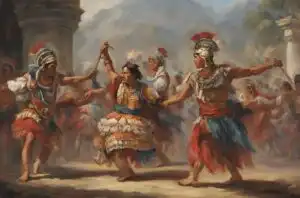
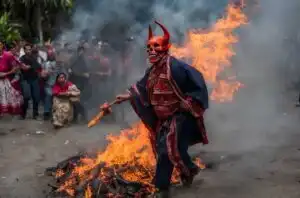
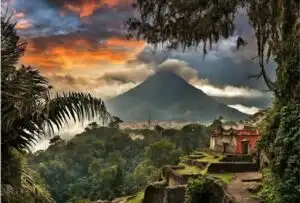
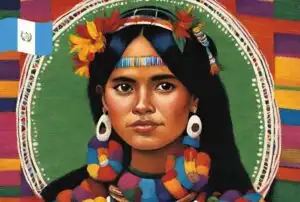


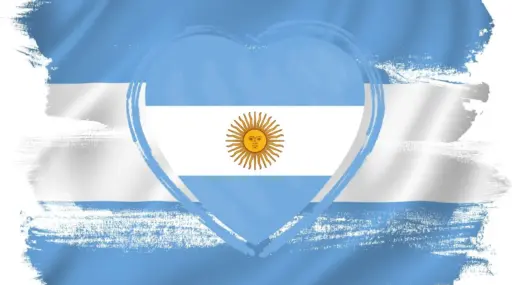






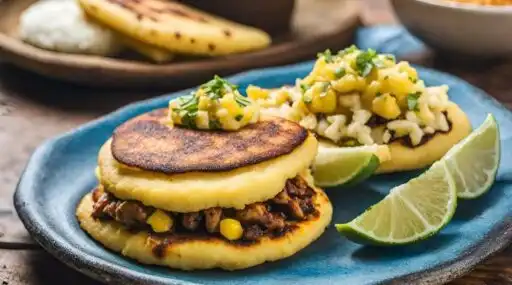
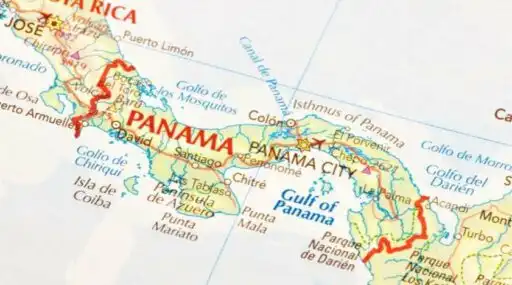



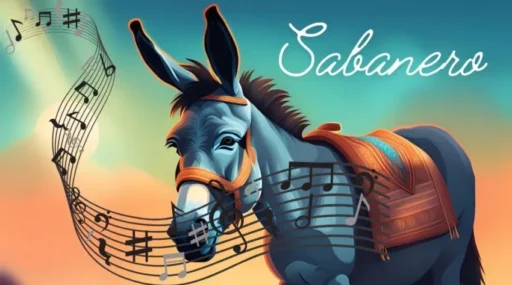
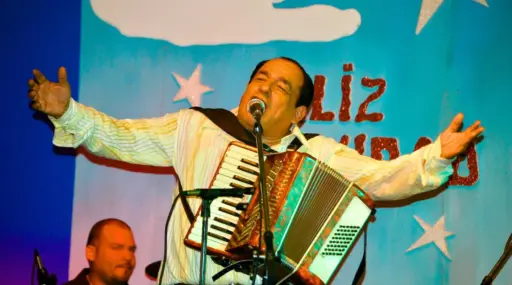
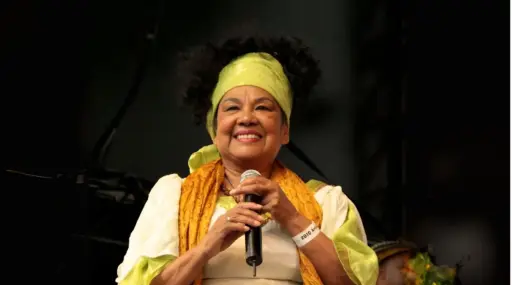
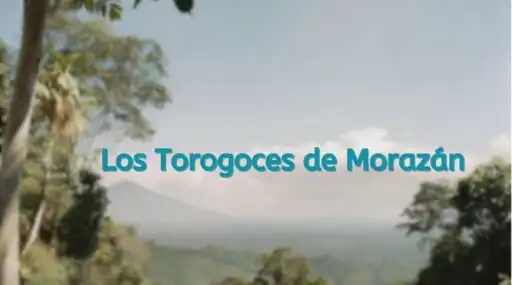
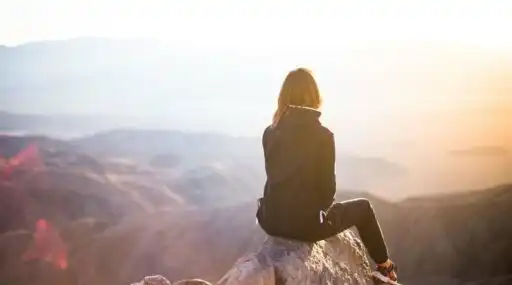
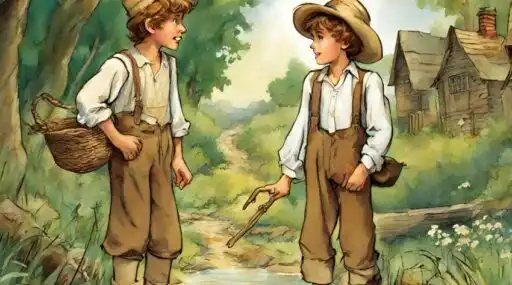

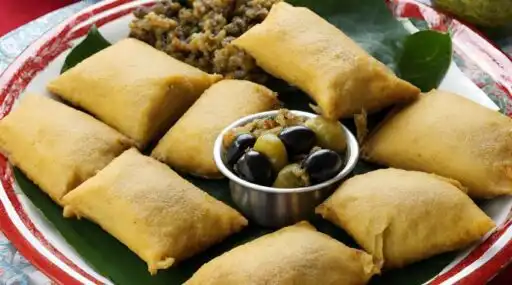
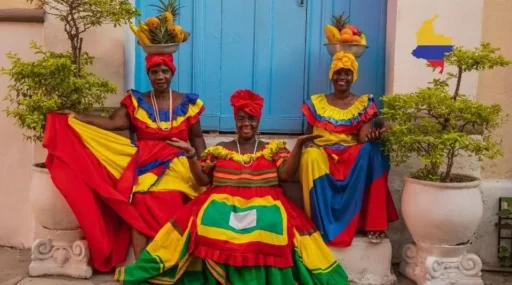


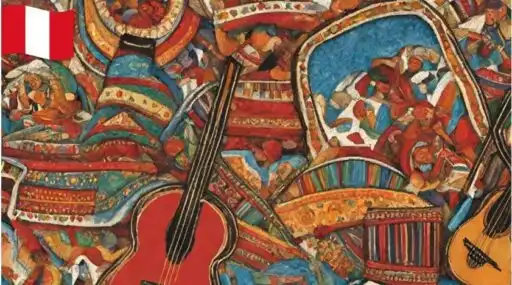



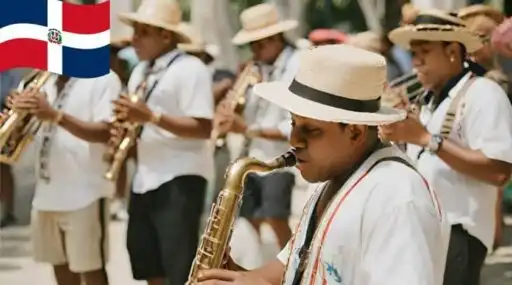
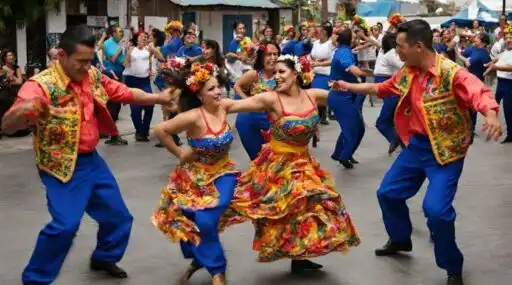
Leave a Reply